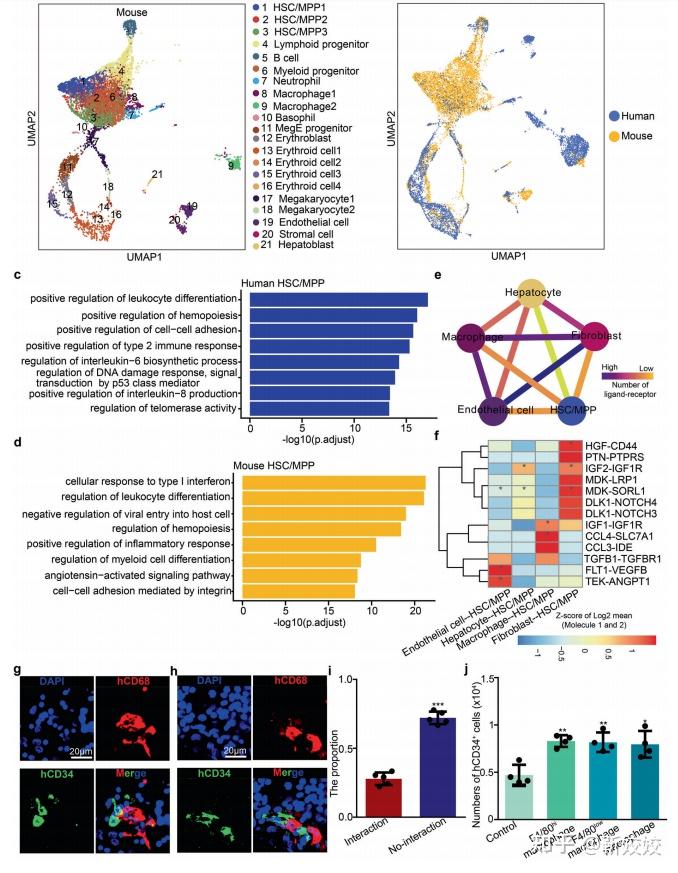|
Data warehousing has revolutionized the way organizations manage and analyze their data. It plays a pivotal role in enabling businesses to make informed decisions based on accurate and timely information. In this article, we will explore the concept of data warehousing, its evolution over time, and the benefits it brings to modern enterprises. Data warehousing is the process of collecting, organizing, and storing large volumes of data from various sources into a central repository. The purpose of a data warehouse is to provide a unified view of an organization's data, which can be accessed and analyzed by decision-makers, analysts, and other stakeholders. This centralized approach offers several advantages over traditional data storage methods. The concept of data warehousing emerged in the 1980s as a response to the growing need for improved data management. At that time, organizations were dealing with scattered data stored in multiple databases, making it challenging to extract meaningful insights. Data warehousing offered a solution by consolidating data from disparate sources into a single location, ensuring consistency and easy access. Over the years, data warehousing has evolved significantly, driven by advancements in technology and changing business requirements. Initially, data warehouses were primarily used for reporting and analysis purposes. However, with the advent of big data and the rise of advanced analytics techniques, data warehouses have become more agile and capable of handling complex data processing tasks. One significant development in data warehousing is the shift towards cloud-based solutions. Cloud data warehouses provide scalability, flexibility, and cost-effectiveness, eliminating the need for organizations to invest heavily in infrastructure. With cloud-based data warehousing, businesses can quickly scale their storage and computing resources to accommodate growing data volumes and analytical workloads. Another trend in data warehousing is the integration of real-time data. Traditional data warehouses often relied on periodic batch updates, limiting the freshness and timeliness of the data. However, modern data warehouses incorporate real-time data processing capabilities, enabling organizations to make decisions based on the most up-to-date information. The benefits of data warehousing are manifold. Firstly, it enables organizations to gain a holistic view of their operations by integrating data from various sources such as sales, marketing, finance, and customer support. This unified view enables comprehensive analysis and reporting, leading to better strategic planning and decision-making. Secondly, data warehousing enhances data quality and integrity. By consolidating data into a single repository, organizations can establish data governance processes, ensure data consistency, and enforce data quality standards. This improves the accuracy and reliability of analytical insights derived from the data. Furthermore, data warehousing facilitates self-service analytics, empowering business users to explore and analyze data without depending on IT teams. With user-friendly interfaces and intuitive tools, data warehousing platforms enable users to create ad-hoc reports, run queries, and generate visualizations, fostering a data-driven culture within organizations. In conclusion, data warehousing has come a long way since its inception and continues to play a vital role in modern data management and analysis. It has evolved to address the challenges posed by growing data volumes, diverse data sources, and the need for real-time insights. The benefits of data warehousing, including a unified view of data, improved data quality, and self-service analytics, empower organizations to extract valuable insights and stay competitive in today's data-driven world.  |
